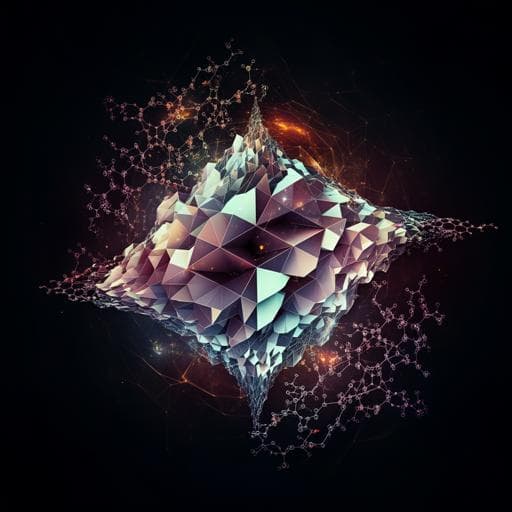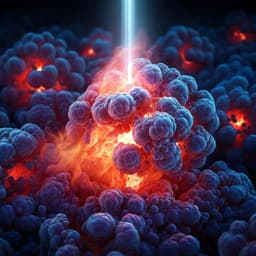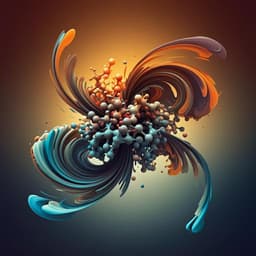
Chemistry
Machine learning assisted prediction of organic salt structure properties
E. P. Shapera, D. Bučar, et al.
This groundbreaking research conducted by Ethan P. Shapera, Dejan-Krešimir Bučar, Rohit P. Prasankumar, and Christoph Heil introduces a machine learning approach that predicts the properties of crystal structures after relaxation from their unrelaxed forms. The models demonstrate remarkable capability in screening organic salt crystal structures, facilitating the identification of promising candidates for crystal structure prediction workflows.
~3 min • Beginner • English
Related Publications
Explore these studies to deepen your understanding of the subject.







